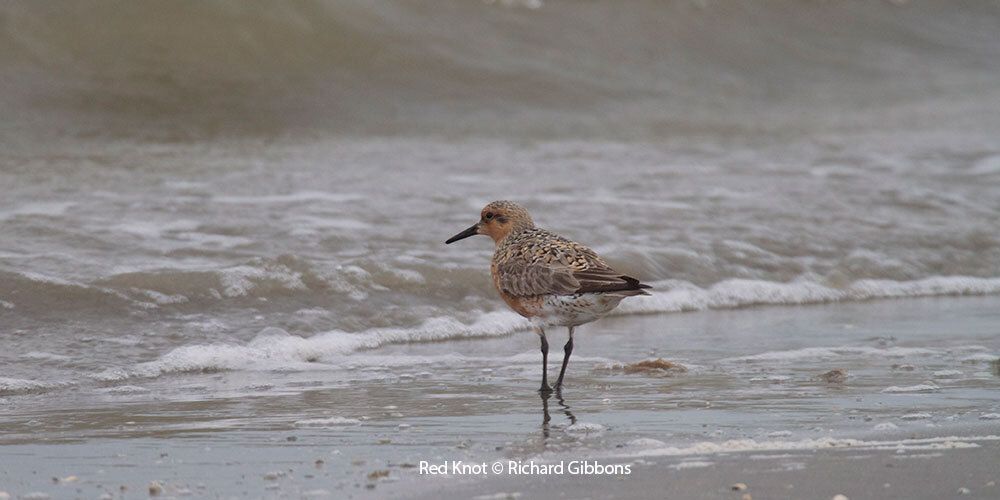Audubon Coastal Bird Survey Protocol
Objective
Establish a year-round shorebird monitoring survey to provide useful data for scientists, land managers, and conservationists. These monitoring data will provide important information for adaptive management decisions. The protocol is designed to optimize compatibility with the national Audubon Coastal Bird Survey and the International Shorebird Survey and to encourage participation from Texas Gulf partners. Emphasis will be placed on the beach habitat and then expand to other shorebird habitats as capacity is developed.
Note: This survey was formerly called the Texas Shorebird Survey.
Protocol
Sites: 10-15 representative one-mile transects located on Texas Gulf beaches
Frequency: A complete annual sampling following the schedule below includes 19 surveys. Monthly surveys provide valuable data if this regiment isn’t feasible.
- Winter (10 January – 20 February): conduct 3 surveys over a 5-week pulse at approximately 10-day intervals (7–14 day intervals are acceptable).
- Spring (20 March – 30 May): conduct 6 surveys over a 10-week pulse at approximately 10-day intervals with 7–14 day intervals are acceptable.
- Summer (June and July): Monthly or 2 surveys
- Fall (20 August – 30 October): conduct 6 surveys over a 10-week pulse at approximately 10-day intervals with 7–14 day intervals are acceptable.
- Early Winter (November – December): Monthly or 2 surveys
Surveys: Transects are walked by surveyors. All birds are recorded within ¼ mile of transect including endpoints using a binocular or spotting scope. Surveyors also estimate human disturbance, trash, and wrack into four categories:
WRACK
0 = none
1 = light; scattered along tide line
2 = moderate; continuous, but light along high tide line
3 = heavy; continuous and heavy along high tide line
HUMAN ACTIVITY
0 = none
1 = scattered; not affecting bird abundance
2 = moderate, but birds have usable areas without humans
3 = heavy; strongly affecting bird abundance
GARBAGE
0 = none
1 = light; scattered mainly among wrack
2 = moderate, heavy along wrack line
3 = heavy; throughout beach
Data entry: All data will be entered through the eBird Texas portal using the specified data fields.
Additional information such as age, breeding status, behavior, presence of oil, color bands, etc. can be reported in comment section of checklist.


